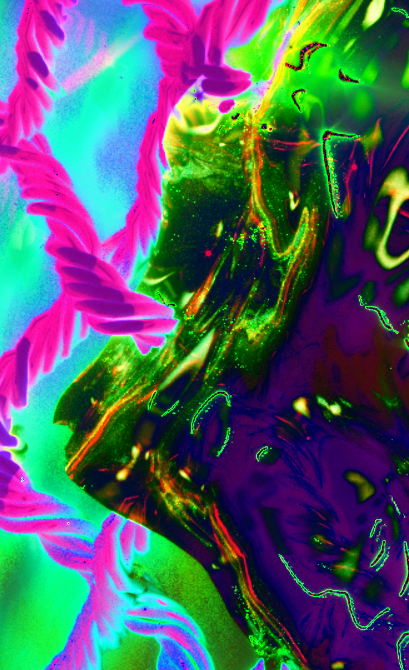Green light for new material
 QUT engineers have helped develop an entirely new class of materials.
QUT engineers have helped develop an entirely new class of materials.
New studies are pioneering a novel, dynamic, reprogrammable material – by using green LED light and darkness as the switches to change the material’s polymer structure.
What makes the discovery unique is that light is used as the trigger to stabilise, rather than destroy, chemical bonds – so the researchers have coined a new term, ‘light-stabilised dynamic materials’ (LSDMs).
The new dynamic material could potentially be used as a 3D printing ink to print temporary, easy-to-remove support scaffolds. This would overcome one of the current limitations of the 3D process to print free-hanging structures.
“We are hoping to introduce LSDMs as a whole new class of materials,” said Dr Hannes Houck, who recently completed part of his PhD at QUT.
“We debated whether to patent the new material, but decided not to wait and to publish the findings to advance knowledge and understanding of the processes involved.”
The researchers said what they have achieved is the opposite of what is usually done in chemistry and “many people didn’t think it could be done”.
“Typically, you use different wavelengths of light or additional heat or harsh chemicals to break up the polymer molecule chains that form a network structure,” they said.
“However, in this case, we used green LED light to stabilise the network. The trigger to break up the network, make it collapse and flow away is actually the mildest one of all: darkness. Switch the light back on and the material re-hardens and retains its strength and stability.
“This is what you call an out-of-equilibrium chemical system. The constant energy of the green light keeps the chemical system in this bonded form, pushing it out of its equilibrium. Take away the light, and the system goes back to its relaxed, lowest energy state.”
QUT researcher Professor Christopher Barner-Kowollik said the researchers had already been contacted by 3D printing technology companies interested in application of the research.
3D printing complex designs with overhangs or bridges is difficult or off limits because the 3D process involves printing layer upon layer, and there is no direct support for layers in sharply angled structures.
“What you need to 3D print something like a bridge is a support scaffold, a second ink that provides that scaffold during printing of the design, but which you can later remove when it is no longer needed,” he said.
“With a light-stabilised dynamic ink used as a scaffold you could 3D print under light, then switch the light off to let the scaffold ink flow away.”








 Print
Print